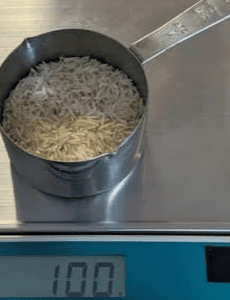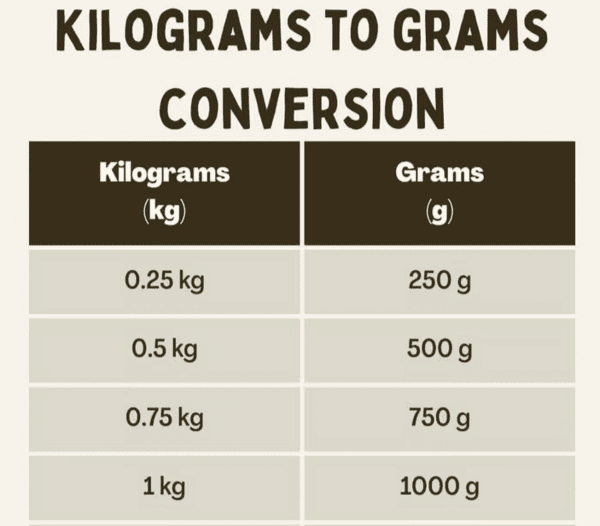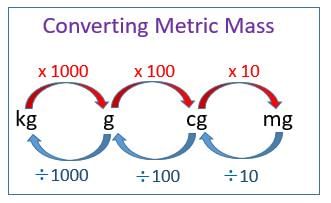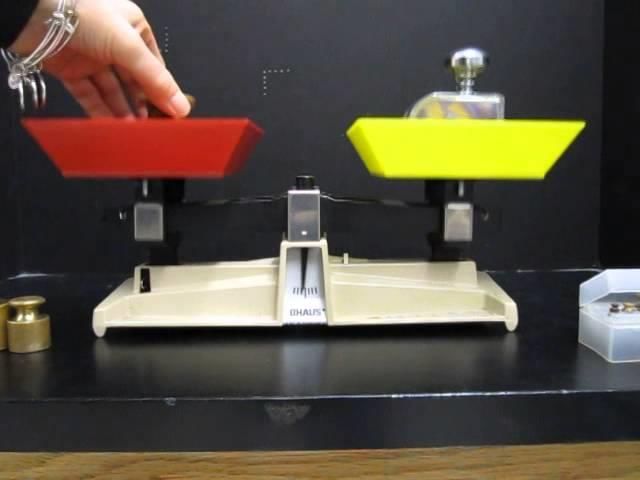|
True or False: Children learn to describe objects based on their weight through observation and activities. |
Card: 3 / 38 |
|
Multiple Choice: Which of the following best describes the process of weighing objects? A) Estimating B) Comparing C) Ignoring D) Observing |
Card: 9 / 38 |
|
Understanding weight helps in accurately measuring ingredients, which is essential for the success of recipes. |
Card: 12 / 38 |
|
To create a weight of 100 grams using grains, one must measure out grains until they total ___ grams. |
Card: 13 / 38 |
|
True or False: To convert kilograms to grams, you divide the number of kilograms by 1000. |
Card: 17 / 38 |
|
Fill in the blank: To convert from grams to kilograms, you must ___ the number of grams by 1000. |
Card: 19 / 38 |
 Unlock all Flashcards with EduRev Infinity Plan Starting from @ ₹99 only
|
|
What is the process called when creating weights using small objects like grains? |
Card: 23 / 38 |
|
I am a unit of weight conversion where 1000 of me equals 1 kilogram. What am I? |
Card: 25 / 38 |
|
To determine which object is heavier, you should use a ___ or lift the objects to compare their weight. |
Card: 27 / 38 |
|
If the price per kilogram is $5 and you buy 3 kilograms, the total cost is calculated as ___ × ___ = total amount. |
Card: 29 / 38 |
|
What is the importance of using consistent units of measurement when comparing weights? |
Card: 31 / 38 |
|
The weight of a chair can vary significantly depending on the materials used, size, and design. |
Card: 36 / 38 |
|
Riddle: I can be heavy or light, made of wood or plastic, but to find my weight, you must measure me with a scale. What am I? |
Card: 37 / 38 |
























